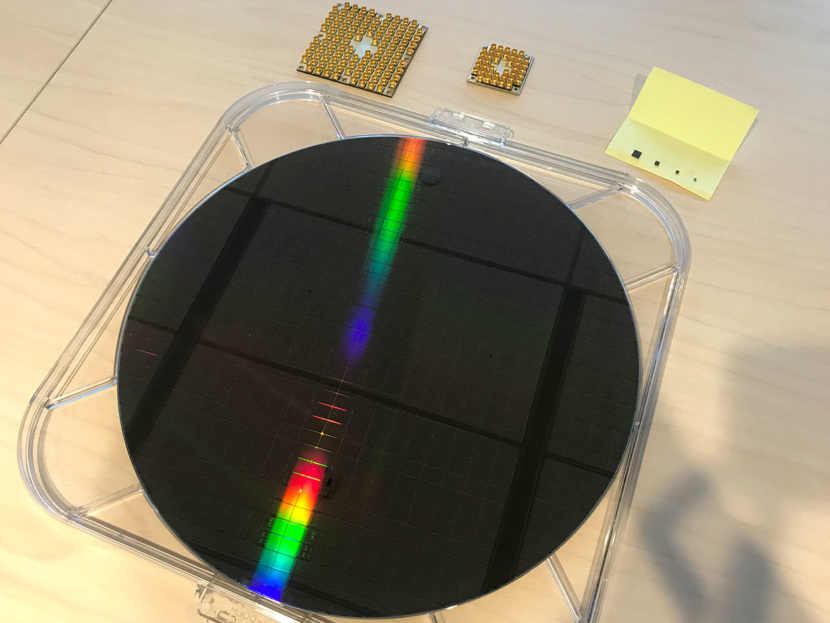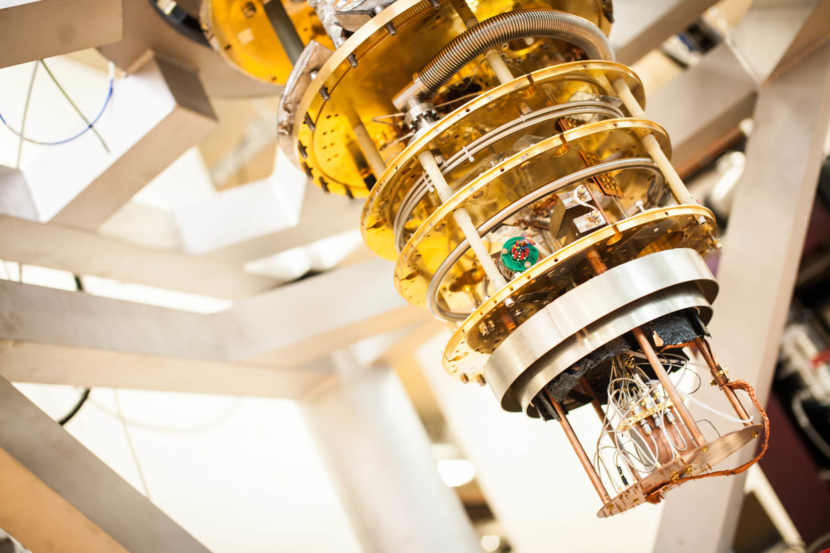Now Intel can produce full silicon wafers for quantum computing chips
Mass production of quantum computers could change how we look at traditional silicon. Intel was able to go forward towards the commercialization of quantum computing. A 17-qubit superconducting chip was built followed by CEO Brian Krzanich showing off a test chip at CES 2018 with 49 qubits.
Intel now has the capability to produce up to five silicon wafers every week containing up to 26-qubit quantum chips. This achievement means that Intel has greatly increased the number of quantum devices in existence and could be looking to increase the number of qubits steadily in the coming years.
Currently, each wafer is made up of quantum dots that must be carefully sliced such that each chip ends up with an appropriate number of qubits. Due to imperfections and physical limitations, finished chips can end up with 3, 7, 11, or 26 qubits. No matter which type of quantum computing reigns supreme, Intel is aiming to build an architecture that can scale in excess of 1 million qubits.

According to Clarke, “it’s not unreasonable in 5 years to have 1000 qubits.” He draws a comparison to the time between the world’s first integrated circuit and Intel’s 4004 processor that contained just 2,500 transistors. In terms of quantum technology, imagine being in the 1960s again. Clarke believes that Intel could reach 1 million qubits in as little as 10 years, but says that he might be a little optimistic in that regard.
Tags: Technology, intel, intc, silicon wafers for quantum computing chips, quantum computing, intel quantum computing
- Solana Soars: Could a $450+ SOL Ignite a Meme Coin Frenzy? - June 26, 2024
- Rainbow Six Siege – Official Marketplace Trailer - June 25, 2024
- ImagenAI Poised for Takeoff: Can This Ethereum-Based AI Coin Go 20x? - June 25, 2024





